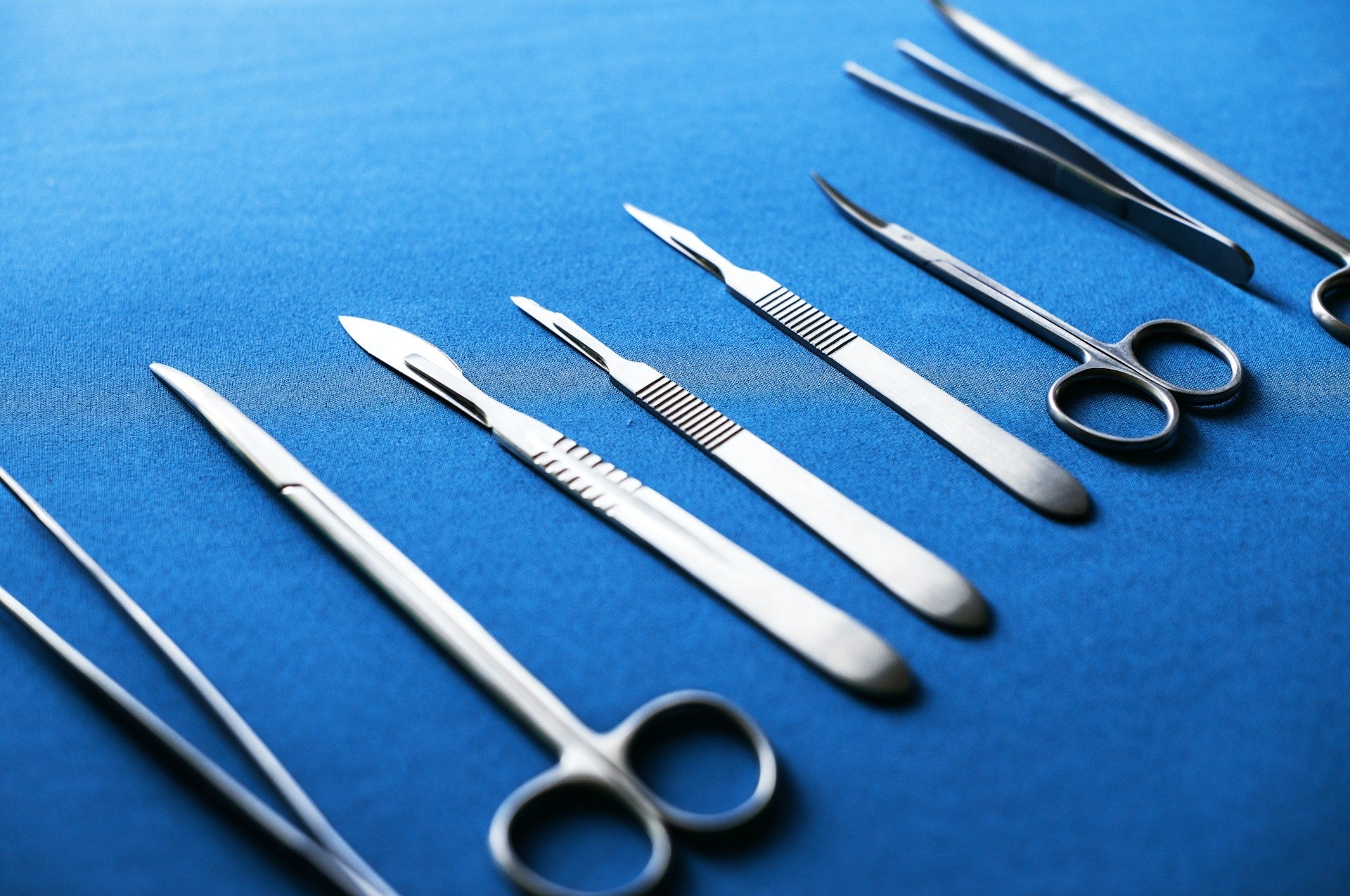

· By Trevor Horne
What To Do With Broken Surgical Blades During Procedures
Surgical procedures rely heavily on the precision and integrity of the tools used. Among these essential tools are surgical blades, which play a pivotal role in ensuring the success of surgical interventions. However, situations arise where a blade might become compromised or break during a procedure. Understanding how to handle broken surgical blades properly is vital for maintaining the safety and efficiency of the operating room. It not only protects the patient but also the medical staff involved in the procedure.
Broken surgical blades can lead to a range of issues, such as contamination risks or disruptions in the surgical process. This scenario requires immediate and appropriate response to minimize potential complications. By learning how to identify and manage broken blades effectively, medical professionals can maintain a smooth flow during operations, ensuring that patient care remains a top priority. Knowledge of this process not only preserves the integrity of the procedure but also upholds the standards expected in high-quality medical practice, fostering a safe environment for everyone involved.
Identifying Broken Surgical Blades
Recognizing a broken surgical blade promptly is key to avoiding further complications during a procedure. Here are some common signs that a blade might be compromised:
- Unusual Resistance or Drag: When a blade is broken, it may not cut smoothly, creating unusual resistance.
- Visible Breaks or Cracks: Inspect the blade for any visible signs of damage or distortion.
- Loose Fit in the Handle: A compromised blade may not sit tightly in its holder, feeling loose or unstable.
Regular checks are a crucial step before and during surgical procedures. Ensuring the integrity of surgical instruments not only protects patient safety but also supports the surgical team in executing a smooth operation. By integrating routine inspection as a standard practice, medical professionals can identify potential issues early on, reducing disruptions and maintaining focus on delivering excellent care. This proactive approach helps in managing unexpected challenges efficiently, contributing to a culture of safety and preparedness in medical settings.
Immediate Actions to Take
When a surgical blade breaks during a procedure, quick thinking and a calm approach are necessary to handle the situation effectively. Here’s a straightforward plan to follow:
1. Pause and Assess: Stop the procedure as soon as the break is noticed. This prevents any further complications and allows the team to assess the situation safely.
2. Secure and Isolate: Carefully secure the broken blade pieces by using forceps or another appropriate tool to avoid any direct contact. Ensure all fragments are isolated to prevent injury to both the surgical team and the patient.
3. Notify and Document: Immediately inform the rest of the team about the situation. It’s important to document the incident for future reference and analysis, which helps in improving safety protocols.
4. Resume Safely: Once all pieces are removed and a safe environment is re-established, the procedure can continue. Ensure a fresh, intact blade is used to proceed.
Maintaining a safe environment involves focusing on the well-being of both the patient and the medical staff. By ensuring that safety procedures are always in place, professionals can reduce risk and ensure a smooth recovery from unexpected incidents like a blade breakage.
Proper Disposal Procedures
Disposing of broken surgical blades correctly is just as important as handling them carefully during procedures. Proper disposal ensures safety and compliance with regulations, crucial in maintaining the integrity of medical practice.
- Use Sharps Containers: Always place broken blades in designated sharps containers immediately after removal. These containers are specially designed to prevent injuries.
- Follow Regulatory Guidelines: Abide by local and federal disposal regulations. This ensures the facility meets safety standards and minimizes environmental impact.
- Educate the Team: Regular training on disposal procedures helps the entire surgical team stay up-to-date with best practices, enhancing overall safety in the operating room.
Proper disposal is part of a larger effort to maintain a clean and safe surgical environment. It requires consistency and attention to detail, ensuring that everyone in the medical setting contributes to a culture of safety and responsibility.
Preventive Measures
Prevention is the best strategy when it comes to surgical tools. Here are some effective practices to minimize the risk of blade breakage:
- Routine Inspections: Check surgical blades for any signs of wear and tear before use. Visual inspections can catch potential problems early.
- Proper Storage: Store blades in a safe, controlled environment to prevent any accidental damage. Using appropriate containers can keep them safe and ready for use.
- Training and Handling: Regular training on the correct methods to handle and use surgical blades ensures that all personnel are prepared and knowledgeable.
These measures not only extend the lifespan of your surgical tools but also contribute to safer and more efficient procedures. By focusing on prevention, surgical teams can reduce the likelihood of encountering issues during operations, which helps in fostering a professional and secure environment.
Wrapping Up the Essentials
Handling surgical blades with care is a critical aspect of maintaining an effective and safe operating environment. Recognizing potential problems quickly allows teams to act promptly and effectively. Proper disposal practices ensure everyone's safety, while preventive measures minimize future risks.
By incorporating these strategies, medical professionals uphold the highest standards of care, ensuring peace of mind during procedures. Every step in handling surgical blades — from identification to disposal — plays a pivotal role in supporting a seamless and safe surgical experience for both patients and medical staff.
To ensure your surgical procedures run smoothly and safely, it's essential to use high-quality tools. Discover how to improve your practice with top-grade surgical blades from ProNorth Medical. Investing in reliable equipment can make a significant difference in the quality and effectiveness of your operations.
